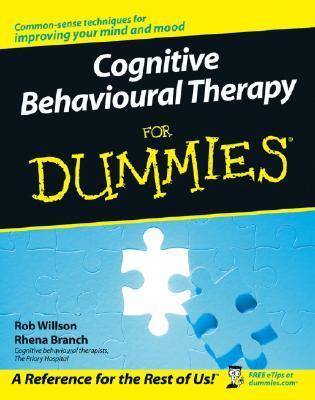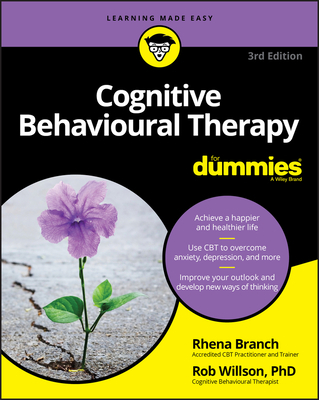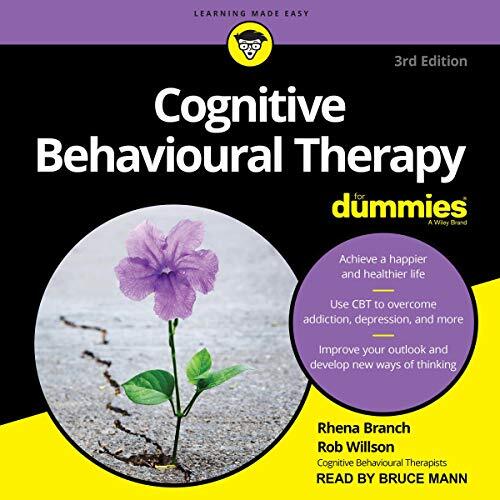What do you think?
Rate this book


330 pages, Paperback
First published February 17, 2005
“Most of the steps to overcoming psychological problems with CBT are relatively simple. CBT isn’t rocket science - in fact, many of the principles and recommendations may seem like common sense. However, CBT may be sense, but it ain’t that common - if it was, fewer people would be suffering [from] emotional problems.
Even if CBT is as simple as ABC, the actual application of CBT principles is far from easy. Using CBT to help yourself requires a lot of personal effort, diligence, repetition, and determination.” (p. 321).
“People are sometimes surprised to find out that CBT considers the past an important aspect of understanding one’s problems. Unlike traditional Freudian psychoanalysis, which focuses intensely on childhood relationships and experiences, CBT specifically investigates past experiences in order to see how these early events may still be affecting people in their present lives.” (p. 269).
“Revisit your history with a view to coming up with some reasons behind the ways that you think and behave in the present. Be compassionate with yourself, but [recognize] that you’re the only one who can retrain your brain into updated and healthier ways of understanding your experience.” (p. 284).

